Iran floods leave people with limited access to life-saving health services
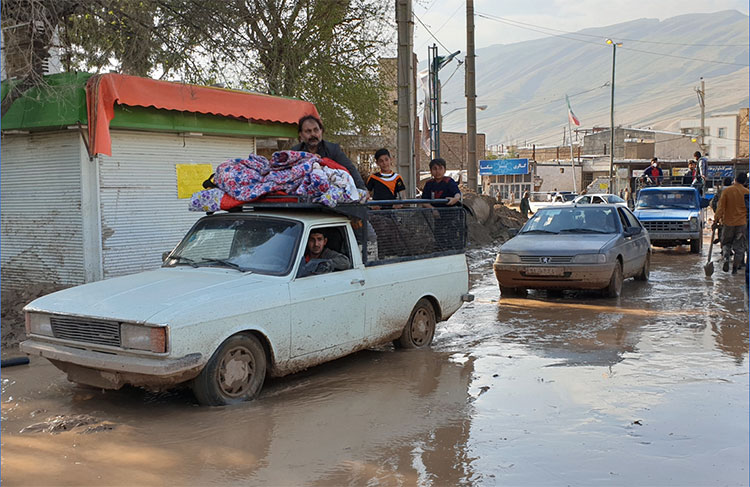
10 May 2019 - On 18 March 2019, a flood hit the eastern part of Mazandaran and Golestan provinces after four days of heavy rain. A few days later, additional floods in the west, southwest, and northeast of the country affected thousands of people. Shortly after, a third wave of heavy rains commenced.
As of 9 April, a total of 28 provinces have been affected by the floods (out of 31 provinces in total).
Overall, a total of 42 269 129 people have been affected by the floods across, almost 392,859 people have been displaced, 84 have died, and around 20,573 persons were injured.
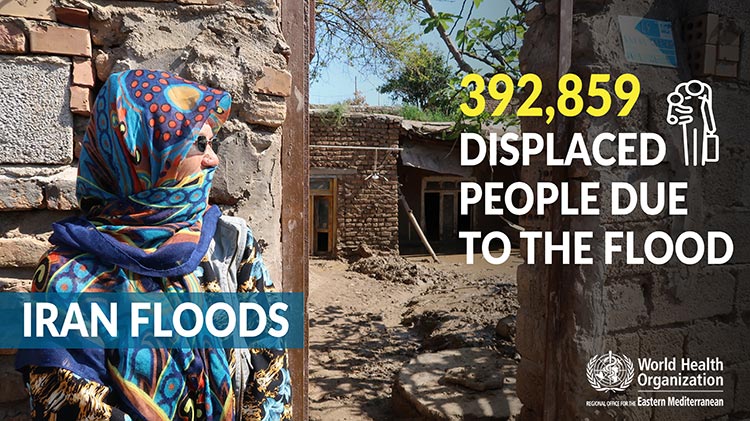
The total estimated population in need of immediate health care assistance is around 3,000,000 people.
People in need for health care assistance
People internally displaced due to the flood
Children affected in the most vulnerable areas
Health facilities damaged in the most affected areas
Provinces affected by the floods (out of 31 provinces)
Deaths (84) and injuries (20573) due to the floods
The floods have fully and partially destroyed 1040 health facilities and 81 hospitals, leaving patients with limited access to essential and life-saving health services.
In some provinces, health facilities are not functional due to inaccessibility due to road blocks, running water, and landslides as well as due to standing water in buildings.
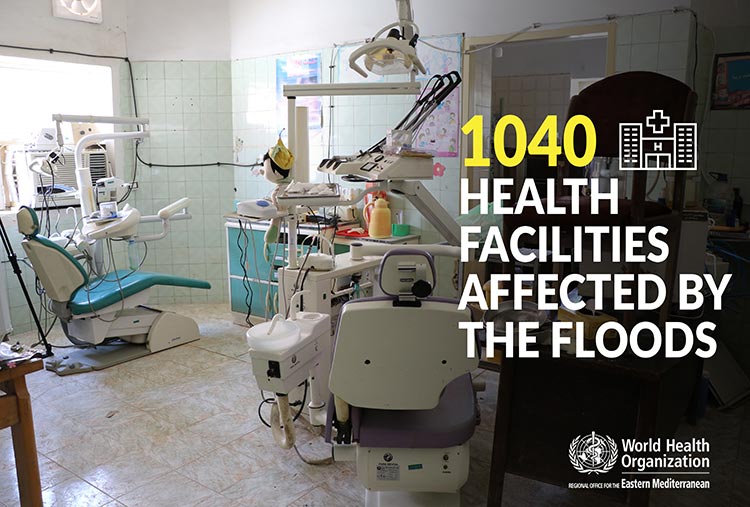
Health workers are not able to reach populations in need, as transportation and infrastructure has been destroyed.
Dr Christoph Hamelmann - WHO Representative for the Islamic Republic of Iran
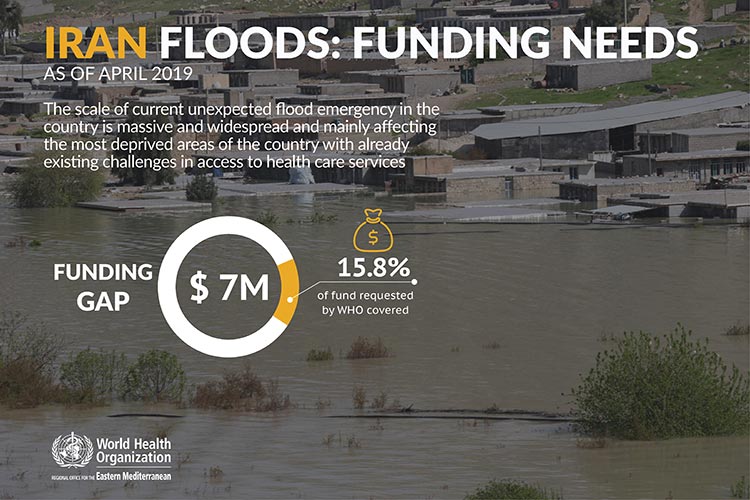
Related link
WHO and Federal Ministry of Health of Somalia call for urgent support to address measles outbreak in Somalia
16 August 2017 – As millions of people in Somalia remain trapped in a devastating cycle of hunger and disease, WHO and health partners are working with national health authorities to save lives and reach the most vulnerable with essential health services.
More than 2 years of insufficient rainfall and poor harvests have led to drought, food insecurity and a real risk of famine. Malnutrition, mass displacement as a result of the drought, and lack of access to clean water and sanitation have created ideal conditions for infectious disease outbreaks.
“Somalia is facing one of the worst humanitarian crises in the world. Millions of people, already on the brink of famine, are now at risk of rapidly spreading infectious diseases like cholera and measles. Normally, these diseases are easy to treat and prevent, but they can turn deadly when people are living in overcrowded spaces and are too weak to fight off infection,” said Dr Ghulam Popal, WHO Representative in Somalia.
Drought has led to a lack of clean water and the largest cholera outbreak in the last 5 years, with more than 57 000 cases and 809 cumulative deaths reported as of 31 July 2017. Health partners, together with national health authorities, scaled up its efforts to respond to this event by setting up cholera treatment centers in affected districts and providing support in water and sanitation to prevent the spread of the disease. In March, WHO and partners conducted Somalia’s first national oral cholera vaccination campaign, and successfully reached over 450 000 vulnerable people. Due to ongoing efforts, the number of cholera cases in Somalia has declined, from 13 656 cases of acute watery diarrhoea/cholera in May 2017 to 11 228 cases in June 2017.
Somalia is also facing its worst measles outbreak in 4 years, with over 14 823 suspected cases reported in 2017 (as of 31 July), compared to 5000–10 000 cases per year since 2014. The situation is especially critical for millions of under-vaccinated, weak and hungry children who are more susceptible to contracting infectious diseases. More than 80% of those affected by the current outbreak are children under 10 year of age.
In early 2017, WHO and partners, in collaboration with national health authorities, vaccinated almost 600 000 children aged 6 months to 5 years for measles in hard-to-reach and hotspot areas across the country. Despite these efforts, the transmission of measles continues, compounded by the ongoing pre-famine situation, continued mass displacement, and undernourished children living in unhygienic conditions.
In order to contain the outbreak, a nationwide campaign is planned for November 2017 to stop transmission of the disease, targeting 4.2 million children. The campaign will also intensify efforts to strengthen routine immunization and reach unvaccinated children to boost their immunity. As shown by the response to the cholera outbreak, with the right interventions, health authorities are confident that similar success may be seen in controlling the measles outbreak.
US$ 14.4 million (a cost of US$ 3.36 per child) is required by WHO and health partners to conduct the measles vaccination campaign in November 2017, of which WHO required US$ 6.8 million. To date, no funding has been received.
Related link
WHO responds to health needs of South Sudanese refugees in Sudan
Almost 420 000 South Sudanese refugees are currently hosted in Sudan, of whom almost 140 000 arrived in 2017. In May 2017 alone, Sudan received almost 2000 new arrivals from South Sudan every day.
The majority of refugees have settled in camps in White Nile State, while others are in East Darfur State and West/South/North Kordofan states.
Islamic Republic of Iran scaling up operational readiness of the country’s health sector
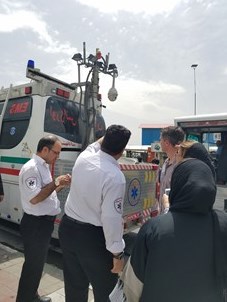 8 March 2017 – A mission was conducted by WHO technical teams in Islamic Republic of Iran from 22 to 27 April 2017 to assess and assist the country’s emergency medical team system with the purpose of strengthening the response capacity across all-hazard emergencies. The mission brought together different stakeholders to discuss the most updated global practices and mechanisms. The current level of capacity of mobilization and deployment was assessed and a roadmap developed to ensure that emergency medical teams get eventually classified by WHO to have reached global practice standards. In addition, areas related to safe hospitals, mass gatherings, chemical and biological preparedness were also discussed during the mission in the pursuit of emergency preparedness and response.
8 March 2017 – A mission was conducted by WHO technical teams in Islamic Republic of Iran from 22 to 27 April 2017 to assess and assist the country’s emergency medical team system with the purpose of strengthening the response capacity across all-hazard emergencies. The mission brought together different stakeholders to discuss the most updated global practices and mechanisms. The current level of capacity of mobilization and deployment was assessed and a roadmap developed to ensure that emergency medical teams get eventually classified by WHO to have reached global practice standards. In addition, areas related to safe hospitals, mass gatherings, chemical and biological preparedness were also discussed during the mission in the pursuit of emergency preparedness and response.
The mission reviewed the emergency medical system of different stakeholders, particularly the Ministry of Health and Medical Education and the Iranian Red Crescent Society, and discussed the scope for further development within the spectrum of emergency response mechanism of the country. The mission also discussed the optimum linkages of emergency medical system to the country’s existing national response mechanisms, including national emergency response framework.
“Islamic Republic of Iran has substantial capacity in the form of emergency medical teams with a pool of volunteers already trained by the Ministry and IRCS. We also see expanding logistic capacities in the country which is paramount for achieving the level of self-sufficiency needed in emergencies. This mission also helped us learn about the recent experiences in order to understand the systems and capacity of the country,” said Dr Ian Norton, Manager of the WHO Emergency Medical Teams Initiative.
During the discussion with the Ministry and other stakeholders at the workshop, Dr Qudsia Huda, Team Lead for the Preparedness, Readiness and Capacity Building at the Regional Office, highlighted the need for revision of the current emergency preparedness and response plan of the country taking into consideration the recommendations of the mission that will ensure standardized sustainable capacity development for emergency response in order to reduce the health risks in communities. "This capacity also can be used in neighbouring countries within the auspices of IHR implementation," she added.
Islamic Republic of Iran experiences both natural and man-made events. Since the devastating Bam earthquake, the country has moved forward substantially in developing the national capacities for all hazard emergency response with a sustainable risk management approach.The emergency medical system has been institutionalized in the Ministry with the involvement of other key health sector partners including the IRCS. The emergency medical system is still a growing system to reach out to the communities in different provinces prone to different types of hazards.
Speaking at the concluding session of the workshop, Dr Sameen Siddiqi, WHO Representative, reiterated the need for a coordinated inter-agency approach to health emergency response operations under the leadership of the Ministry. He further highlighted the need to map the emergency medical team in the country and develop training programmes that are tailored to their needs. Dr Siddiqi also stated that “WHO within the scope of its recent reform will be able to provide the support required to implement the priority activities to strengthen the emergency medical team system in the country”.
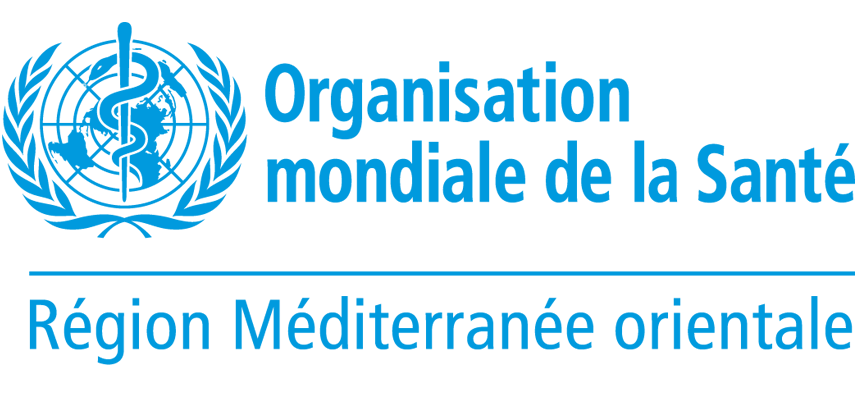

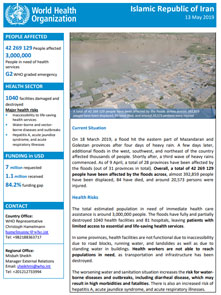 Donor alert 13 May 2019
Donor alert 13 May 2019







